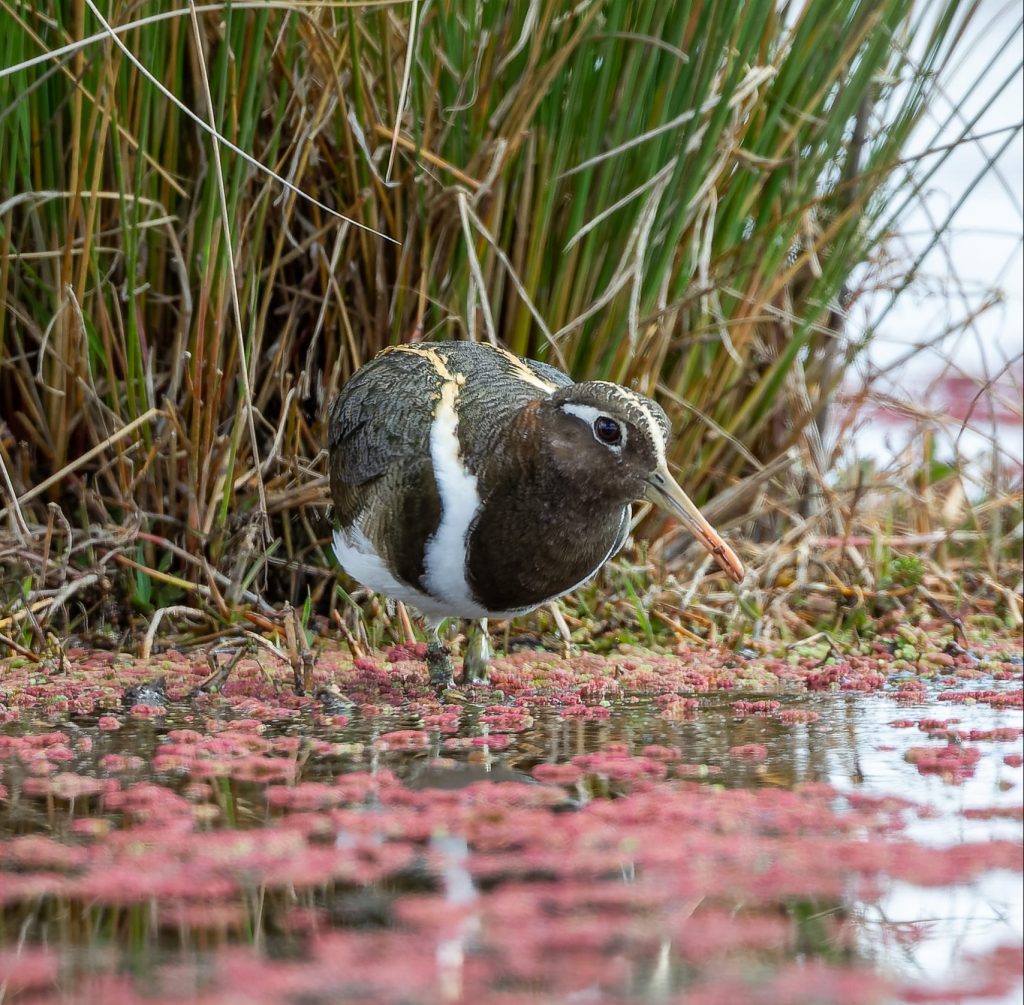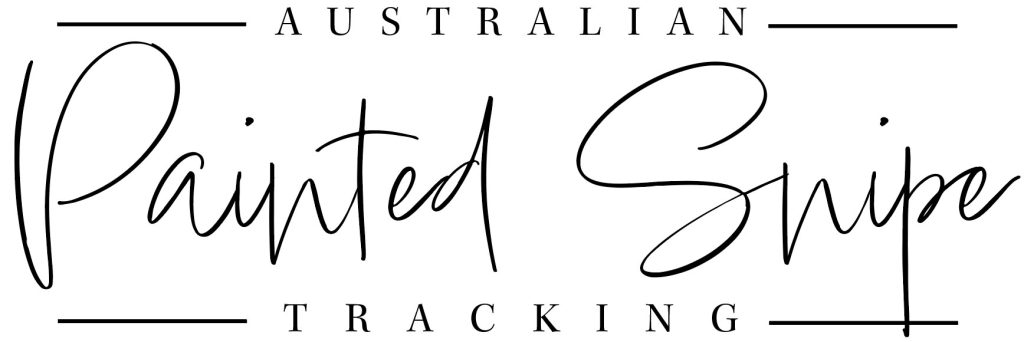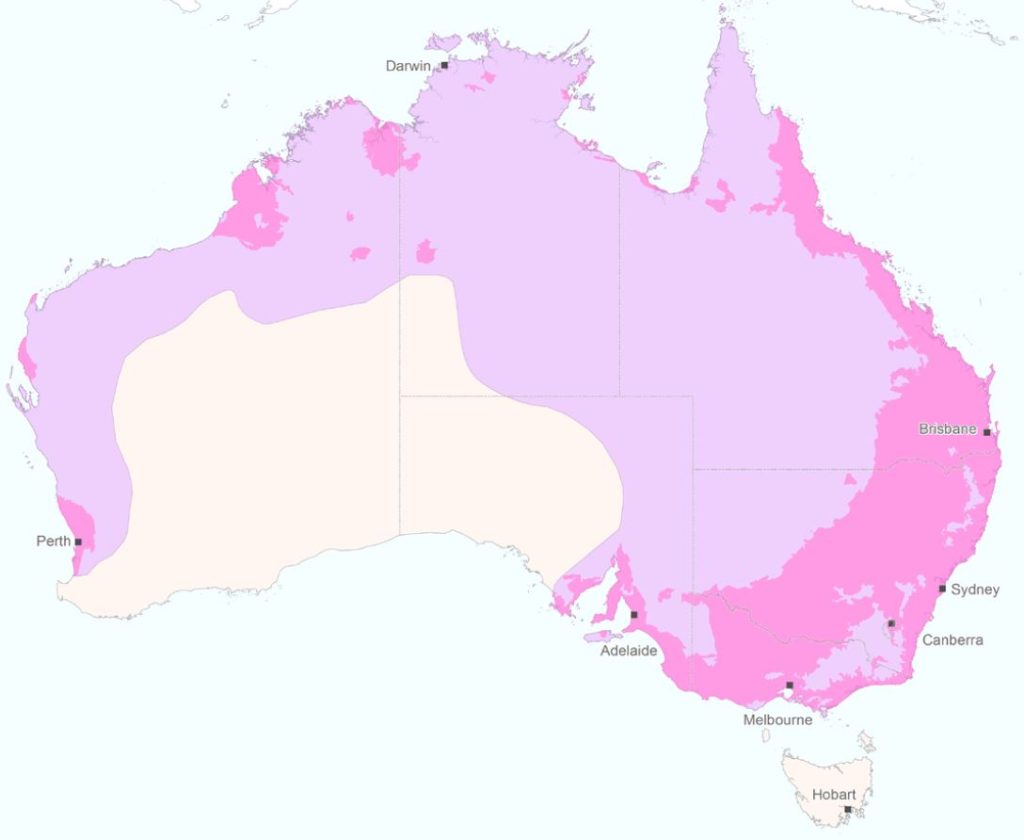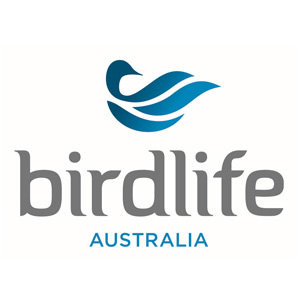Australian Painted-snipe
Rostratula australis
Conservation Status: Globally Endangered (IUCN) and Nationally Endangered (EPBC). A National Recovery Plan was launched in March, 2023. When its status is combined with its evolutionary distinctiveness, the species is ranked 29th for global bird conservation priority.

Image Copyright © David Stowe https://davidstowe.com/
Distribution & Abundance
Primarily recorded in eastern Australia and the Kimberley region of Western Australia, using both coastal and inland wetlands. However, they can still be found elsewhere (e.g. around Adelaide and Perth, in the Gascoyne and Pilbara regions, as well as the Barkly Tablelands in the Northern Territory), and there is one record from New Zealand in 1986. In 2021, the total APS population was estimated at just 340 mature individuals (range 270 to 410). Around 39% of all recorded individuals come from the Murray-Darling Basin, where large non-breeding flocks are occasionally recorded (e.g. 57 in Macquarie Marshes, 2011, and 32 in the Gwydir region, 2023).
Identification
APS are medium-sized shorebirds that look broadly similar to sandpipers but are only distantly related. Their long bill and a distinct comma-shaped marking around the large eye, combined with a bold white ‘harness’ make them distinctive. Females have bolder markings and their olive wings are finely barred black, while the wings of males are boldly spotted with yellowish-beige. APS are considerably larger than Red-kneed Dotterels but slightly smaller than the Latham’s Snipe (Gallinago hardwickii), which flushes at high-speed, often releasing a sharp “krek” call, usually with zig-zagging flight, sometimes skyward. The APS flies relatively slowly, typically staying low, with its feet trailing and is usually silent when flushed.
Size & Weight: Length: 24 to 30 cm. Wingspan: 50 to 54 cm, Weight: 100-150 grams.
Reproduced from The Australian Bird Guide, by Menkhorst et al. (2019) with permission from CSIRO Publishing. No unauthorised copying or re-use permitted.
Call: Unknown. The structure of the trachea suggests APS have a distinctive, hooting advertising call, but it has never been recorded. Hooting or pigeon-like advertisement calls have been recorded for the South American and Greater Painted-snipe, and they are commonly used for surveying purposes of the latter. Some recordings claiming to be APS are in fact from overseas and made at a time when the APS was still considered a subspecies of Greater Painted-snipe.
Habitat: Shallow wetland areas, especially those with a combination of mudflats and water plant cover that is low and dense but patchy (e.g. rushes, sedges, grasses). APS often use ephemeral wetlands where floodwaters are receding, creating a complex shoreline of exposed mud and shallow water.
Diet: Mainly obtained when wading in shallow water: Insects, worms, molluscs, crustaceans and other invertebrates; also vegetation, seeds.
Breeding: Temporary freshwater wetlands. Nest is a shallow cup or scrape, often set on a small island and hidden among low vegetation, lined with grasses and typically containing 3-4 eggs. Incubation is 15-21 days and chicks likely fledge at 30-35 days old. Males do all the incubation and raising of the young, while females continue to mate with as many males as possible.
Movements: Poorly known but the species is clearly dynamic and highly mobile. Responds to flooding of ephemeral inland wetlands, but vanishes for years from key sites even when suitable habitat is available. Only rarely recorded in south-eastern Australia in winter, suggesting possible north-south migration in eastern Australia.
Threats: Loss of ephemeral wetlands and their natural flooding regimes are widely implicated in the decline, especially in the Murray-Darling Basin. The increasing frequency and severity of droughts is also likely to be a major issue. Other potential threats, like cat and fox predation, are poorly understood.
Closest Relatives: Painted-snipes are so unique that they warrant their own family: Rostratulidae. There are three surviving species: the Australian, Greater and South American Painted-snipe. There is additional extinct species, only known from fossil records in South Africa. Painted-snipe are most closely related to jacanas, seed-snipes and Plains Wanderer, despite looking similar to true snipes (e.g. Latham’s), sandpipers and plovers.
Conservation Actions: Wetland restoration, such as environmental water delivery and waterplant revegetation, broadly support APS but almost no targeted work has occurred. For such conservation focussed on APS, see our stories at Conservation.
Further Reading
Rogers, D.I., Hance, I., Paton, S., Tzaros, C., Griffioen, P., Herring, M., Jaensch, R., Oring, L., Silcocks, A and Weston, M. (2005). The breeding bottleneck: Breeding habitat and population decline in the Australian Painted Snipe. In Straw, P. and Milton, D. (Eds.) In Status and Conservation of Shorebirds in the East Asian-Australasian Flyway. International Wader Studies and Wetlands International.
Rogers, D.I., Herring, M., Silcocks, A., Jaensch, R.P., Carey, M., Garnett, S.T. (2021) Australian Painted-snipe Rostratula australis. In: The Action Plan for Australian Birds 2020 by Garnett, S.T., Baker, G.B. (Eds.). CSIRO Publishing, Melbourne, pp 260-262.



